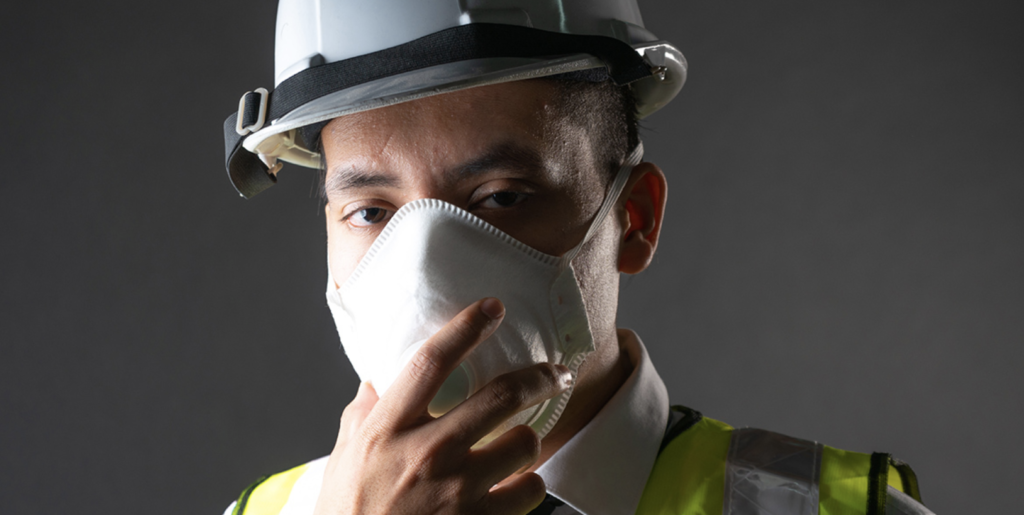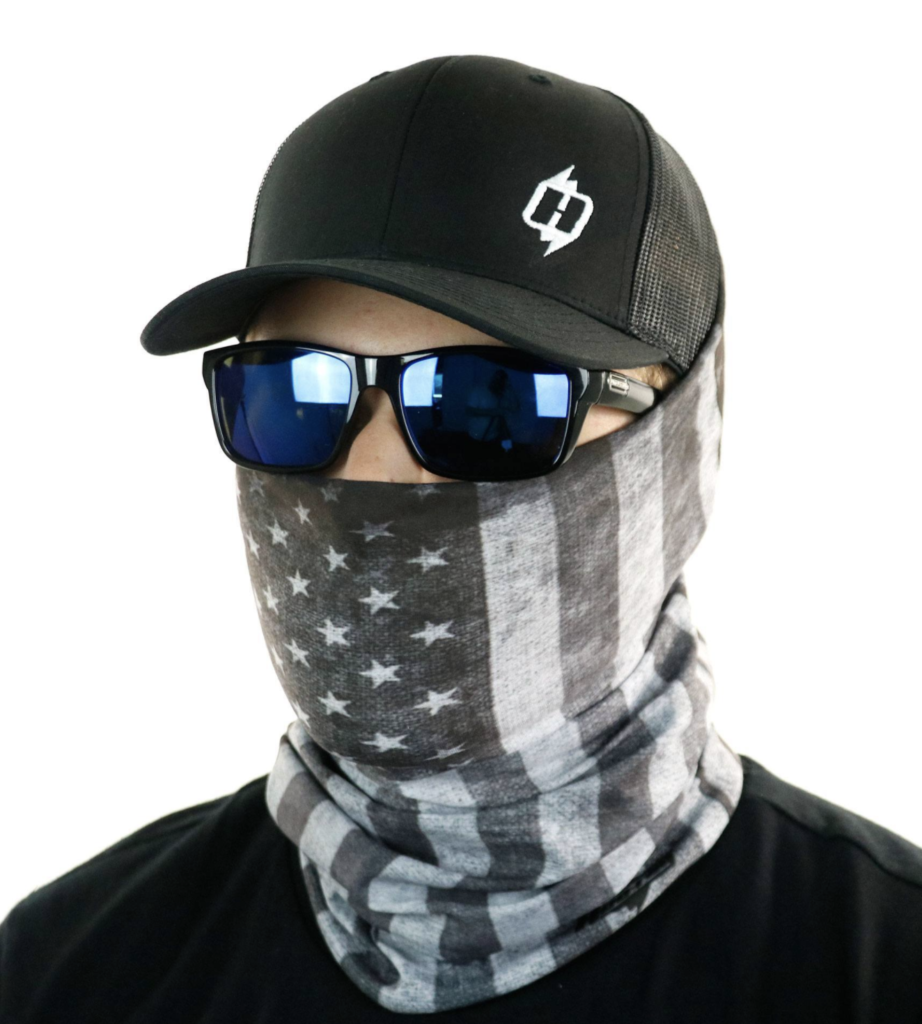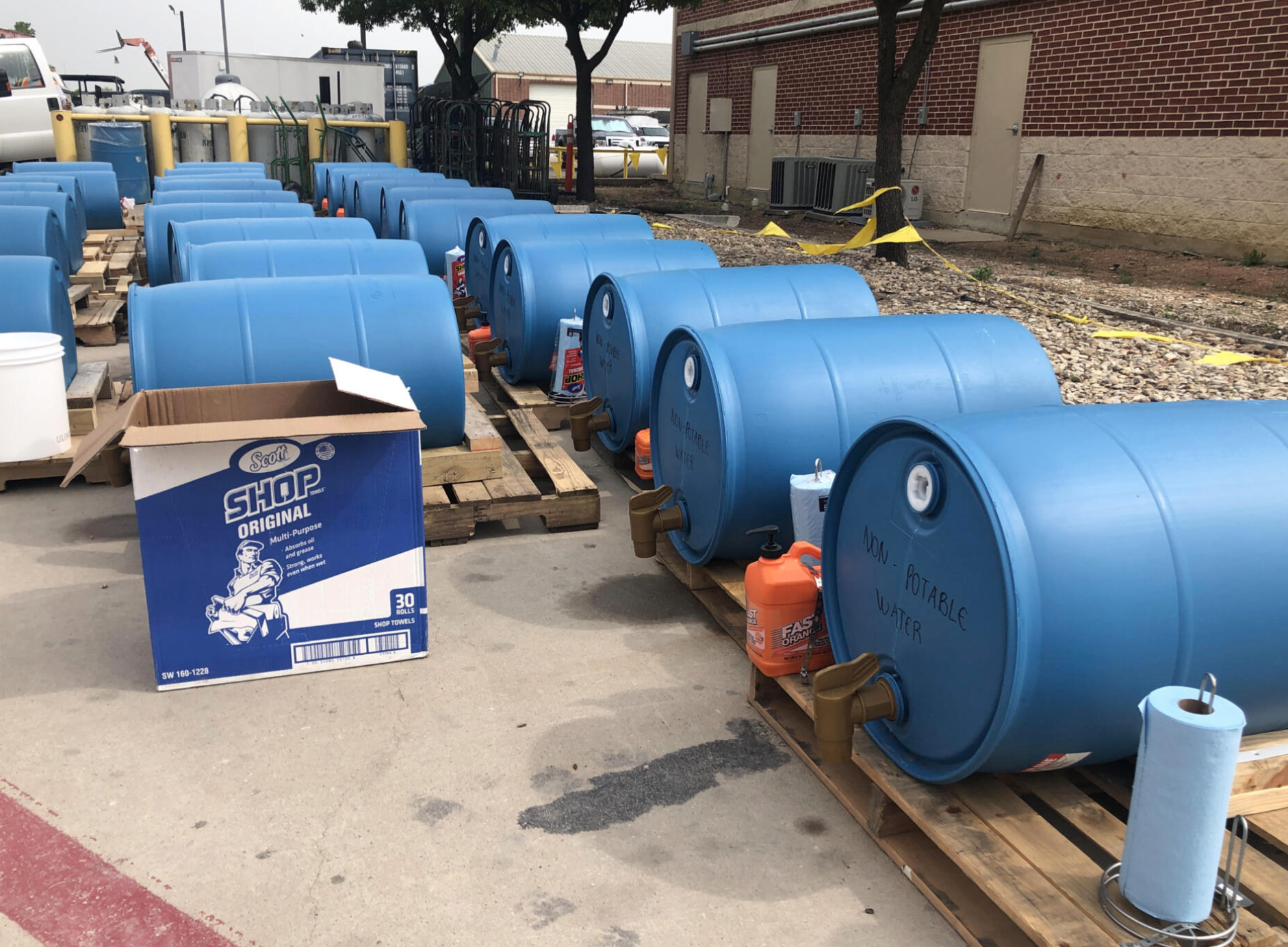
In the roofing industry, proper safety protocols are of paramount importance when it comes to protecting our most valuable assets: our people and our profits. And though many of us have long had training programs and procedures in place, it is crucial that we continue to adapt them in the wake of the coronavirus pandemic.
Below are best practices that can help you mitigate the risks of COVID-19 and ensure the protection of your employees and customers. Though we have a team of safety coordinators at our company, you do not necessarily need a dedicated safety department to implement the prevention protocols outlined in this article. Additionally, some tools — such as online training courses — are available at no cost. Read on to find out how to best keep your roofing workers safe amid this ever-evolving situation.
Expand Safety Education
As mentioned above, various remote training programs have already been developed in response to the pandemic, with some of them provided free of charge. One such program is the COVID-19 Safety Guidelines for Home Inspectors and Contractors Course. Offered by the International Association of Certified Home Inspectors, this online course is designed to educate contractors and other construction industry professionals on the best practices and safety guidelines regarding COVID-19 protection. We chose to enroll our 19 authorized Occupational Safety and Health Administration (OSHA) Outreach Trainers on staff in the course, which they have all now completed.
Our OSHA Outreach Trainers play a pivotal role in our safety training, which has long been a priority for this company. They have completed the Trainer Course in OSHA Standards for Construction and other necessary requirements as mandated by the OSHA Training Institution (OTI) Education Centers. This certification enables them to teach both the 10-hour and 30-hour OSHA Construction Safety and Health training programs, which are offered to our frontline employees and supervisors to educate them about jobsite hazards and risk reduction. Since the roofing industry is constantly monitored by the federal government through OSHA, we work closely with Fed OSHA and, in California, the California Division of Occupational Safety and Health (CAL/OSHA) inspectors who are an integral part of our safety culture and are proud of the fact that we have earned recognitions of our safety records.

To ensure that we are able to continue to provide OHSA training to our employees while following the social distancing practices recommended by the Centers for Disease Control and Prevention (CDC), we began offering the 10-hour and 30-hour training programs via Zoom video conferencing in June. This digital format eliminates any coronavirus transmission risk since attendees will not be gathered in the same space, while the live video aspect enables them to interact with their instructors in much the same way as an in-person course. Employees can access the training courses via phone, computer or tablet. Tailored to the requirements of the OSHA programs, the training includes a specific module on COVID-19 and infectious diseases.
We have also incorporated COVID-19 into our regular list of tailgate safety topics. We distributed our coronavirus tailgate pamphlet for two consecutive weeks in March and have sent it to our crews the first week of every month since. The pamphlets contain information on how to prevent coronavirus exposure, how to detect COVID-19, and the proper protocol to follow if you think you have been exposed to the virus or infected with it. One important point to remember when communicating with employees via written materials is that they may not all have the same level of reading comprehension, due to language barriers or other factors. To that end, our coronavirus tailgate pamphlets are available in both English and Spanish and feature explanatory images to accompany the text.
As for the tailgate talks, which usually involve a crew of four individuals or less, they now take place with the proper social distancing and face coverings worn. To further reinforce the coronavirus safety information shared in the tailgate talks, we also posted the tailgate pamphlet on an informational board in the break room, along with our company’s coronavirus preparedness plan and a COVID-19 infographic explaining how to break the chain of infection.
Safety training is required not only for our frontline workers, but also for our division and operations managers, and general superintendents. To that end, we have a team of 24 employees who serve as dedicated, full-time safety coordinators in place. They oversee safety-related operations and lead monthly training seminars. Our corporate policy is to provide whatever funding it takes to fulfill our motto that “at the end of the day we will send every employee home safe.”
Review Federal Recommendations and Local Regulations
As a national roofing and solar installer, we have looked to guidance from federal agencies when creating our own safety procedures specific to COVID-19, though it is crucial that all companies also monitor the locally mandated protocols in every region where they work.
The CDC offers comprehensive recommendations regarding proper hand hygiene as an important protocol designed to protect employees from COVID-19. According to the CDC, “with appropriate hand hygiene, you do not need gloves to protect you from COVID-19. When possible, wash your hands regularly with soap and water for at least 20 seconds or use an alcohol-based hand sanitizer containing at least 60 percent alcohol.” The CDC further outlines the key times to clean hands, which include the following: before and after work shifts and breaks; after touching tools, equipment or other objects handled by coworkers; before putting on and after taking off work gloves; after putting on, touching or removing face coverings; before putting on or taking off safety glasses, goggles or other eye protection; after blowing your nose, coughing, or sneezing; after using the restroom; before eating and before and after preparing food.
To make it easier for our employees to comply with hand hygiene requirements, we have distributed hand sanitizer to them. Additionally, we have asked the general contractors on each site to provide handwashing stations for them. We have also been mindful of how we now approach heat exhaustion prevention. Instead of getting water from a shared water source like a five-gallon jug, employees are now supplied with individual water bottles.
Social distancing is another recommendation of the CDC (and Fed OSHA) that should be practiced at all times to reduce the risk of COVID-19 exposure, starting with when your crews leave for their worksites. At our company, we no longer allow employees to carpool together in a company truck. Instead, they are required to drive to the site in separate vehicles. Once at the site, crew members must remain a minimum distance of six feet apart from each other, as advised by the CDC. Social distancing measures are further implemented by having employees take breaks at staggered intervals to prevent groups from gathering in the same space.
Coordinate Safety Measures on the Jobsite
It cannot be emphasized enough how important it is to communicate with employees, builders, general contractors and all the other subcontractors on a project to ensure that coronavirus prevention is a coordinated effort. To that end, any information relevant to COVID-19 protocols and precautions should be shared with all parties.
Before we dispatch our teams to any site in Northern California’s Bay Area, for instance, we do a preliminary check to make sure all crewmembers are symptom-free. We then send the names of the cleared employees to the worksite, where a COVID-19 inspector is posted at the gate, courtesy of the general contractor. Every individual must undergo a temperature check before entering the site, which aligns with the CAL/OSHA guidance. According to the agency’s recommendations pertaining specifically to COVID-19 infection prevention in the construction industry, “employers may choose to prohibit employees with a high temperature (e.g., above 100.4 degrees F) from entering the worksite.” In addition to the temperature check conducted at the Bay Area sites, employees must also fill out a questionnaire asking if they have traveled, if they have been in contact with any confirmed COVID-19 patients and lastly, if they are exhibiting any symptoms. If it is discovered that an individual known to have COVID-19 has been on a work site, it will be communicated to the entire network — builders, general contractors, subcontractors — so that all are aware of the situation and can protect their teams accordingly.
Invest in Effective Face Coverings
One essential way of protecting your teams is to have them wear face coverings. By covering your face, you prevent others around you from becoming exposed to any respiratory droplets you may exhale, which can spread COVID-19 to others if you are infected — even if you are asymptomatic. Though face coverings are an effective tool when it comes to COVID-19 prevention, the subject has been a source of some confusion, as noted by the National Roofing Contractors Association. “When roofers are exposed to hazardous gases, vapors, fumes, dusts and mists, OSHA’s respiratory requirements are triggered,” according to the NRCA. “However, these scenarios aside, roofing workers fall into OSHA’s low to medium risk category of occupations for COVID-19 exposure — meaning required use of N-95 respirators is likely unwarranted. Shortages of N-95 respirators (and surgical masks) resulting from the pandemic have caused the Centers for Disease Control and Prevention to recommend wearing cloth face coverings in public settings where other social distancing measures are difficult to maintain—especially in areas of significant community-based transmission.”
However, surgical masks and similar face coverings are rendered ineffective by facial hair in most cases. Neck gaiters are an ideal solution for your crews, since unlike a mask, each one is made from a closed tube of fabric that is worn around the neck and can be pulled up over the nose. The price per piece can range anywhere from $3 to $14, but the investment is well worth the protection it provides.
We have given two neck gaiters to each of our employees, so that there is always a spare to wear while the other one is being washed after each use. They are mandated to wear them at all times during the workday except when eating lunch. Made from polyester microfiber and manufactured by Hoo-rag, these neck gaiters wick away moisture and can be dipped in water for a cooling effect, thus offering additional protection against heat illness. Looking ahead, we are currently investigating options for a face covering that adds a third layer of protection as well: silica filtration.
Implement Stay-Home Policies to Limit the Spread
Even when all preventative measures are put in place, there is still a risk that asymptomatic patients may go undetected and unknowingly spread the virus to others at the worksite. One way to decrease that risk is to require that any employees who have been in close contact with a confirmed COVID-19 patient stay home from work.
We are following CDC recommendations when it comes to protocol concerning confirmed exposure to the coronavirus, so any employee who may have been put at risk is not permitted to return to work for two weeks. “It is important to remember that anyone who has close contact with someone with COVID-19 should stay home for 14 days after exposure based on the time it takes to develop illness,” according to the CDC.
And if any one of our employees starts to feel sick, whether there has been known COVID-19 exposure or not, that person is also required to call out from work. Our number one rule in response to the pandemic is to stay home if you feel ill. Regarding a safe return to the jobsite, the CDC recommends that “sick employees diagnosed with COVID-19 shouldn’t return to work until the criteria to discontinue home isolation are met, in consultation with healthcare providers and state and local health departments.”
As we in the roofing industry continue to navigate this challenging situation, it is vital that we stay vigilant. The number of COVID-19 cases in the United States had climbed past 1.9 million as of press time, according to the CDC, with 37 jurisdictions reporting more than 10,000 cases. And total deaths from the disease had eclipsed 112,000. By closely monitoring conditions and modifying our safety measures as warranted, we can beat the statistics and keep our workers and customers safe.
About the author: Travis Post is the National Director of Safety at Petersen-Dean, Inc. Founded in 1984 by Jim Petersen, Petersen-Dean, Inc. is the largest, full-service, privately-held roofing and solar company in the United States. Specializing in new residential and commercial construction, the company works with some of the nation’s largest builders and developers. For more information, visit www.petersendean.com.



Be the first to comment on "The Right Protocols to Protect Your Roofing Teams from COVID-19"